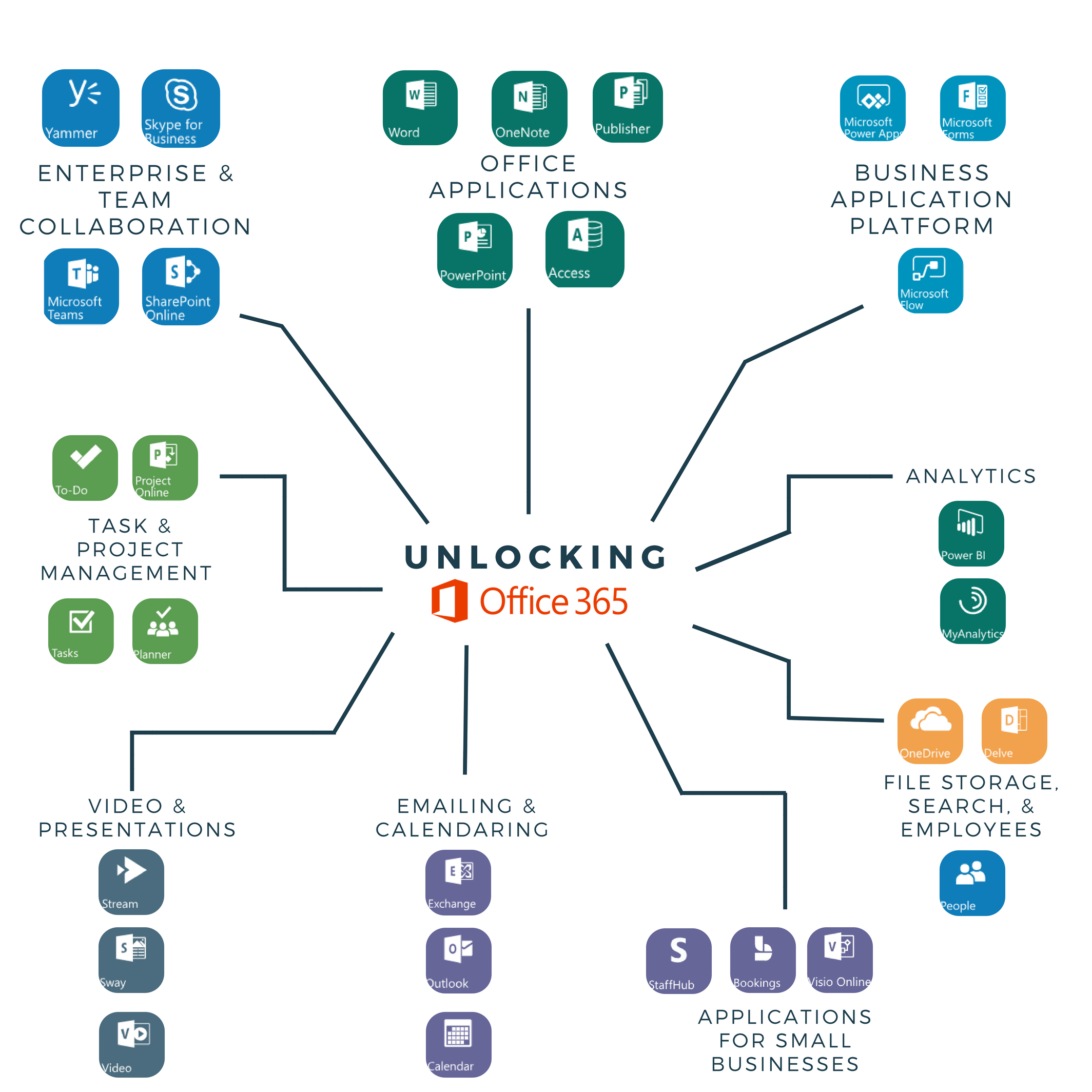

You author the custom page in the canvas app designer. If you want, you can combine the two by adding a custom page to a model-driven app. While canvas apps give you complete control over the app layout, model-driven apps do most of the layout based on the components you choose.

SortB圜olumns(Search(Accounts, TextSearchBox1.Text, "name"), "name", If(SortDescending1, SortOrder.Descending, SortOrder.Ascending)) Model-driven Power Apps For example, you could use the following formula to sort by account columns in a list. They can filter galleries or tables, match values to patterns, select distinct values, and use math formulas. Power Apps supports Power Fx functions that are similar to the ones in Excel. Power Apps, Power Automate, and Power BI are all parts of Microsoft Power Platform. Power BI tiles can be inserted using the Power BI tile menu item under Insert|Charts. Flows can be inserted using the Power Automate menu item under Action. You can extend the capabilities of Power Apps by adding flows created with Power Automate, and by displaying a Power BI tile. You can insert items into a Power App using either or both of the top and left menus. We are viewing and customizing the app in Power Apps Studio. This three-screen app (browse, detail, and edit) was generated from a single table in an Excel spreadsheet located on OneDrive for Business. You can also add more screens, controls, actions, and flows. When you start from data, the generated canvas apps are always based on a single list or table, but you can add more data to the app later. Power Apps provides more than 275 connectors available to common data sources. Here we are about to create a connection using OneDrive for Business. The left-hand pane is essentially the main menu for Power Apps.

The Power Apps Home page is the starting point for building apps, using your apps and others’ apps shared with your organization, and learning more about Power Apps. First you need to create a connection from a data source and choose a table or list. You can choose from over 275 common data sources. Other options include starting with a sample app, creating an app from a template, creating flows, creating chatbots, and building AI applications using Azure AI services. You can see these options as well as a few links to tutorials in the first screen shot below. You can create apps by starting from data, starting with a blank canvas (and adding data later), creating a model from scratch, and creating a portal. If you have administrative rights, you can manage your organization’s environments, data connections, roles, and policies from the administration center page.
#Ms power suite android
You should be able to view apps on your Windows, iOS, and Android devices using the Microsoft Power Apps Mobile app, which you can download from the appropriate app store. Typically you start building Power Apps from the Power Apps Home page, then develop them further from the Power Apps Studio page. Power Apps competes directly with Amazon Honeycode and Google Cloud AppSheet, as well as with about 400 other low-code and no-code app builders. This is the cloud-based “PowerApps” design environment that Microsoft was promising back then.
#Ms power suite windows
Unlike the version of “PowerApps” (notice the historical lack of a space between words) that I previewed in 2016, the current Power Apps does not require using a Windows Store-based design environment, and it’s much more than a no-code builder. Programmers can extend Power Apps to “programmatically interact with data and metadata, apply business logic, create custom connectors, and integrate with external data.” In other words, Power Apps is a low-code, web-based, and cloud-based platform for building web and mobile web applications, one which easily connects to business data. Once you’ve built an app, you can share it with your colleagues. Power Apps is a suite of apps, services, connectors, and a data platform - including tools for non-coders - designed for the rapid development of custom business apps that connect to data stored in Power Apps’s underlying data platform ( Microsoft Dataverse) or in other data sources (on-prem or in the cloud) such as SharePoint, Excel, Office 365, Dynamics 365, and SQL Server.


 0 kommentar(er)
0 kommentar(er)
